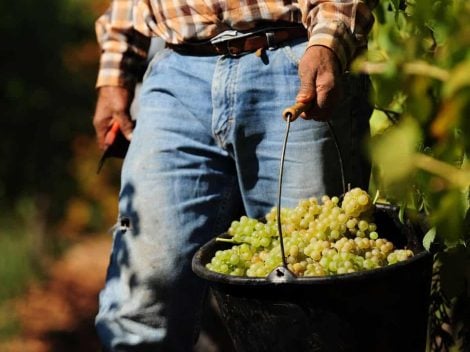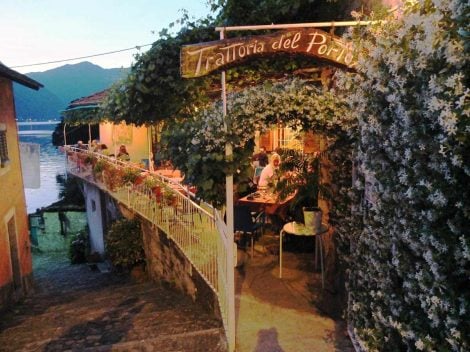Origin of Sicilian cassata
And to think that everything started from a bowl. Quas'at, that's what it was called. At least originally, when it was a very simple cake, very different from the opulent dessert we know today. Sheep's milk ricotta and honey, nothing else. A perfectly fitting combination that over the years has evolved to become the symbolic dessert of Sicily, which together with cannoli has made the island's pastry art famous: Her majesty, the cassata. Yet, initially it was nothing more than a little ricotta mixed with honey and poured into a bowl – most likely invented by a hungry shepherd with what he had available – only later inserted into a shortcrust pastry shell by the bakers at the court of the emir in piazza Kalsa, who were the first to decide to cook everything, giving life to the baked cassata, the first true ancestor of the dessert. But when it comes to Sicilian cuisine, you know, the story is long and intricate, the result of the many dominations that have followed one another on this island in the heart of the Mediterranean, creating a composite and fascinating table. Cassata is no exception, and in fact a further modification of the recipe arrived with the Normans, and the invention of marzipan, a fundamental ingredient for many local delicacies.
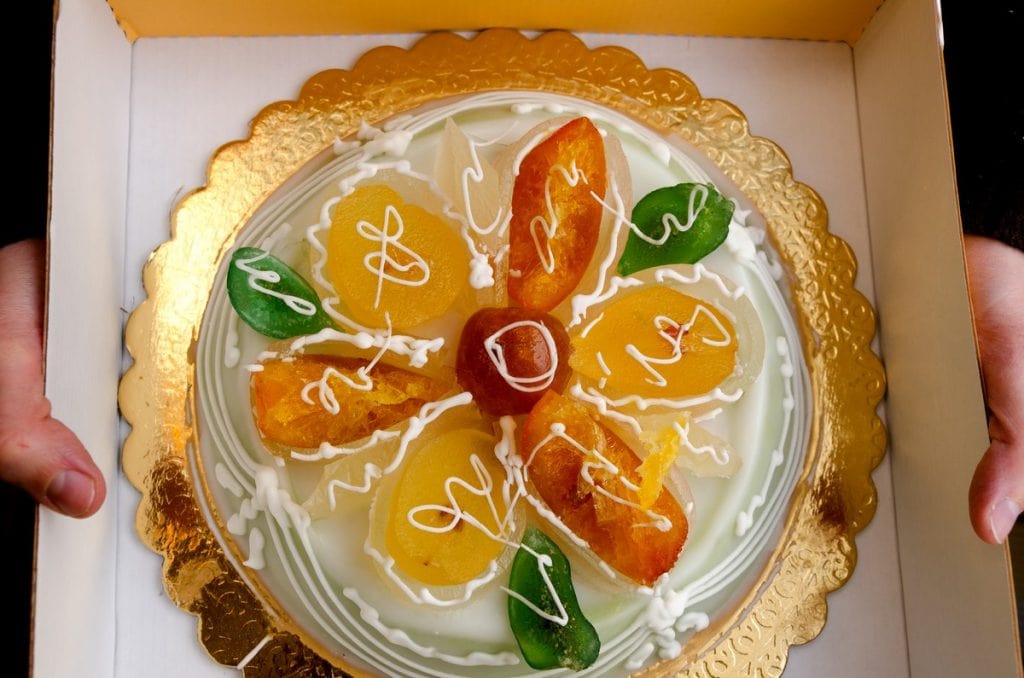
Royal paste and chocolate
Marzipan was created by the nuns of the convent of Santa Maria dell'Ammiraglio, seat of the parish of San Nicolò "dei Greci" and known as La Martorana: the nuns were famous at the time for tending to one of the most beautiful gardens in the city, so renowned to intrigue even the Bishop himself, who decided to go and see it with his own eyes. The visit, however, took place in the middle of autumn, during the feast of All Saints' Day, when the trees were bare and the garden impoverished: the nuns then had the intuition of modeling the almond paste in the shape of fruit to offer to the Bishop, creating thus the typical marzipan fruit. A simple mixture of almond flour and sugar which, coloured green, was then used to enclose the cassata, making it even more precious. But for a self-respecting cassata you also need good quality chocolate: we had to wait for the discovery of the Americas, and above all the Spanish conquest and the birth of the Kingdom of the Two Sicilies, for the pieces of dark chocolate to be added inside the soft ricotta cream.
The sponge cake, the candied fruit and the name of the cassata
Another fundamental element is missing from the equation: sponge cake. This time we have to thank the Genoese, who brought the soft cake to Sicily (after all, the most famous base of the pastry is Ligurian, but that's another story). The novelty was well received by the Sicilians, who used it to replace the shortcrust pastry in cassata. Fundamental, then, is candied fruit: products with a thousand-year history, for centuries considered a precious medicine, widespread in Europe thanks to the sailors of Venice and Genoa returning from trips to the East, but already present in Sicily since the time of the Arab domination. The specialty of the area is zuccata, candied pumpkin born thanks to the Palermo pastry chef Salvatore Gulì, the same one who in 1873 was the first to codify the cassata recipe. However, the name of the dessert appears much earlier: it is found in Angelo Senisio's "Declarus," a dictionary of rare words that defines it as "made of bread dough and cheese." Of course, at the time the recipe was very different and not yet famous: in the 16th century, however, it became a symbol of Easter thanks to the synod of the diocese of Mazara del Vallo. In fact, a famous Sicilian saying reads tinti è cu nun mancia a cassata a matina ri Pasqua, or "unfortunate is he who does not eat cassata on Easter morning."
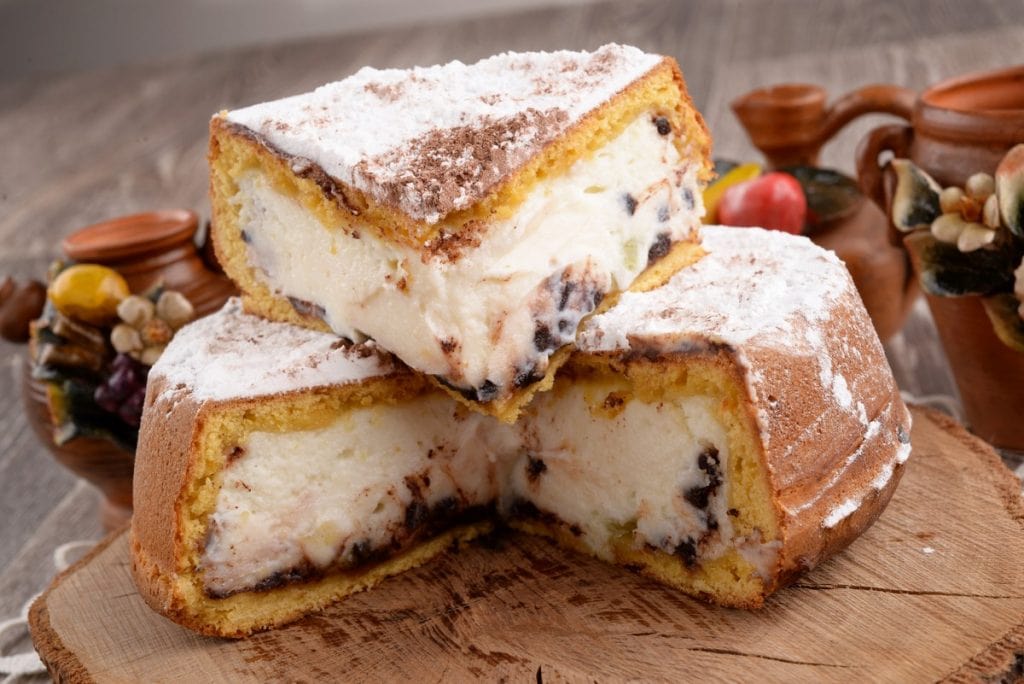
The classic cassata and the one baked in the oven
From a bowl of ricotta and honey, we then obtained a sponge cake filled with ricotta mixed with sugar and pieces of chocolate, covered with almond paste and sponge cake layered between them, covered with sugar icing and topped with candied fruit. An elaborate and delicious dessert, not easy to prepare, but which repays the effort. The oven-baked version is still in vogue, a pastry shell filled with a thick layer of ricotta cheese worked with sugar and pieces of chocolate, baked in the oven and then dusted with icing sugar. As always in the case of traditional recipes, ingredients and doses vary depending on the location: here the recipe for cassata baked in the oven, simpler to prepare but just as delicious.
by Michela Becchi

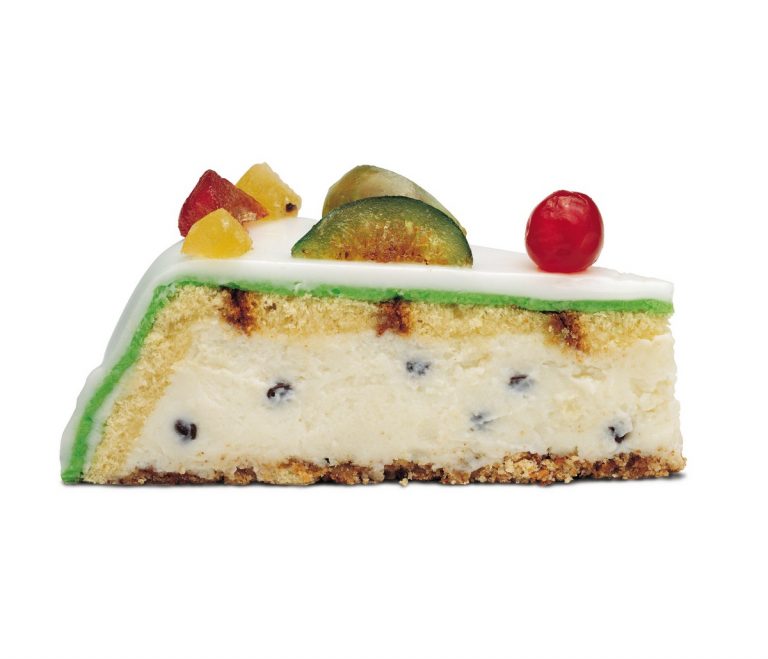
 Diego Rossi of Trippa opens a new osteria: what you can eat at Nino Osteria con Cucina in Milan
Diego Rossi of Trippa opens a new osteria: what you can eat at Nino Osteria con Cucina in Milan How you eat at Sentiero, the restaurant Elba Island was missing
How you eat at Sentiero, the restaurant Elba Island was missing Eating by the sea in Tuscany. The best beachfront restaurants selected by Gambero Rosso
Eating by the sea in Tuscany. The best beachfront restaurants selected by Gambero Rosso Contemporary cuisine, farmhouses and pinewoods. The hidden restaurant in the nature park near Como
Contemporary cuisine, farmhouses and pinewoods. The hidden restaurant in the nature park near Como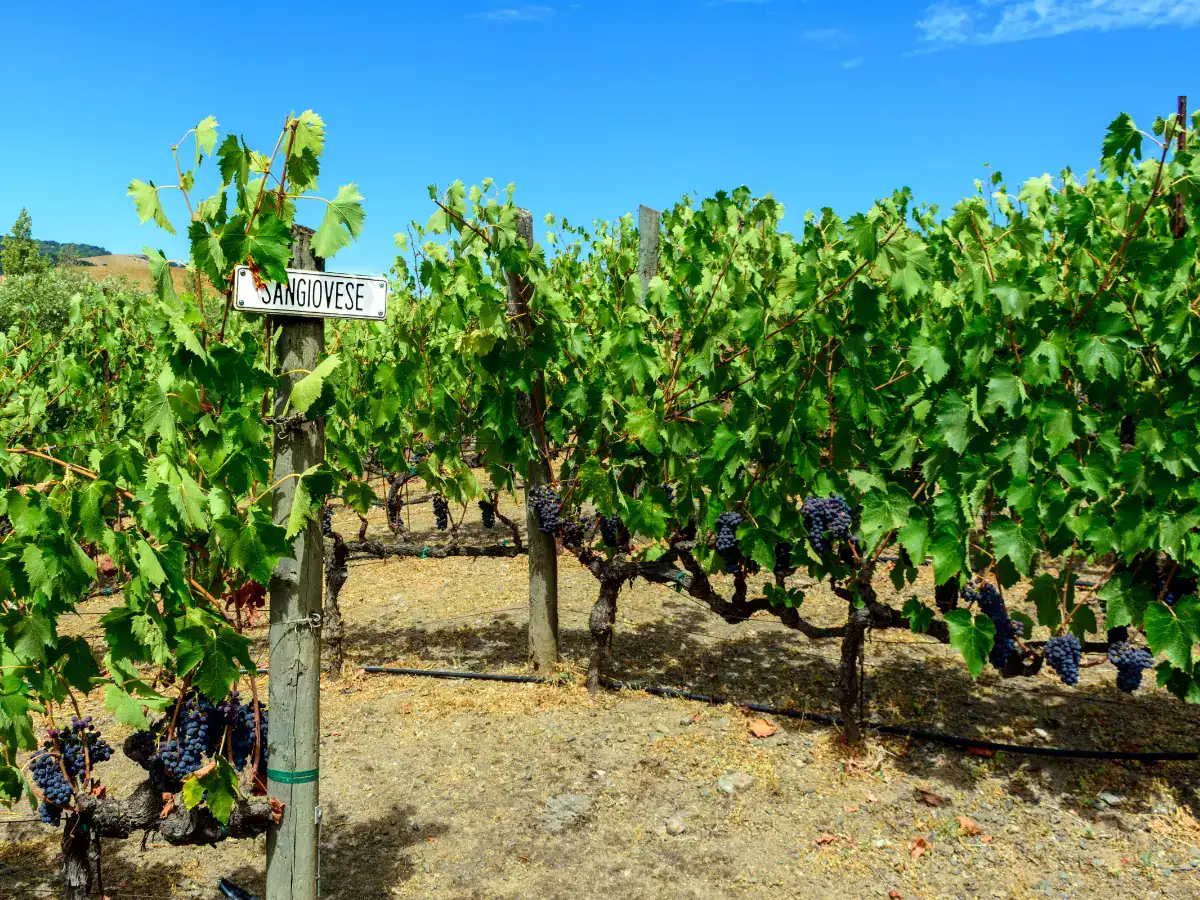 California rediscovers Sangiovese. A brief history of the revival of a forgotten grape variety in the United States
California rediscovers Sangiovese. A brief history of the revival of a forgotten grape variety in the United States


